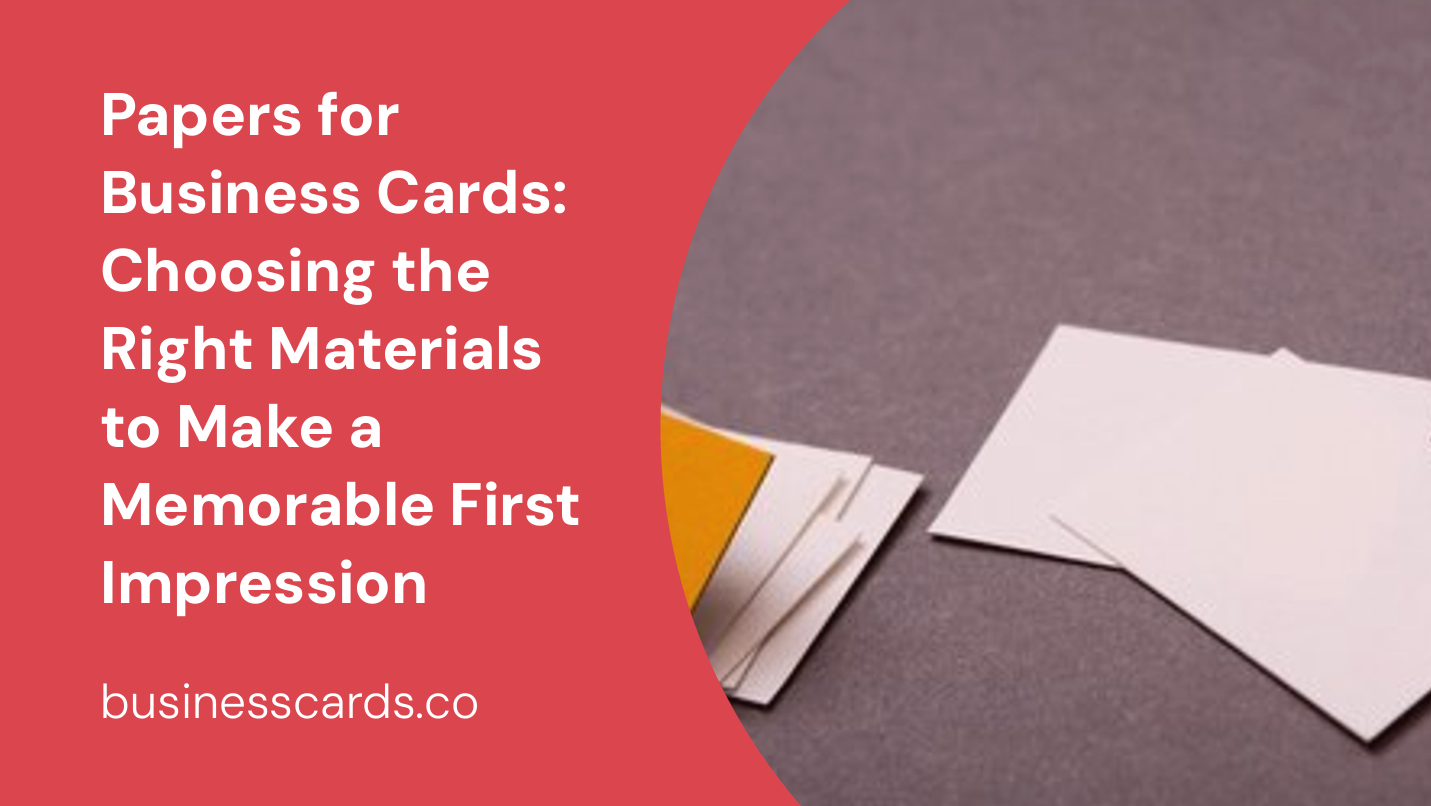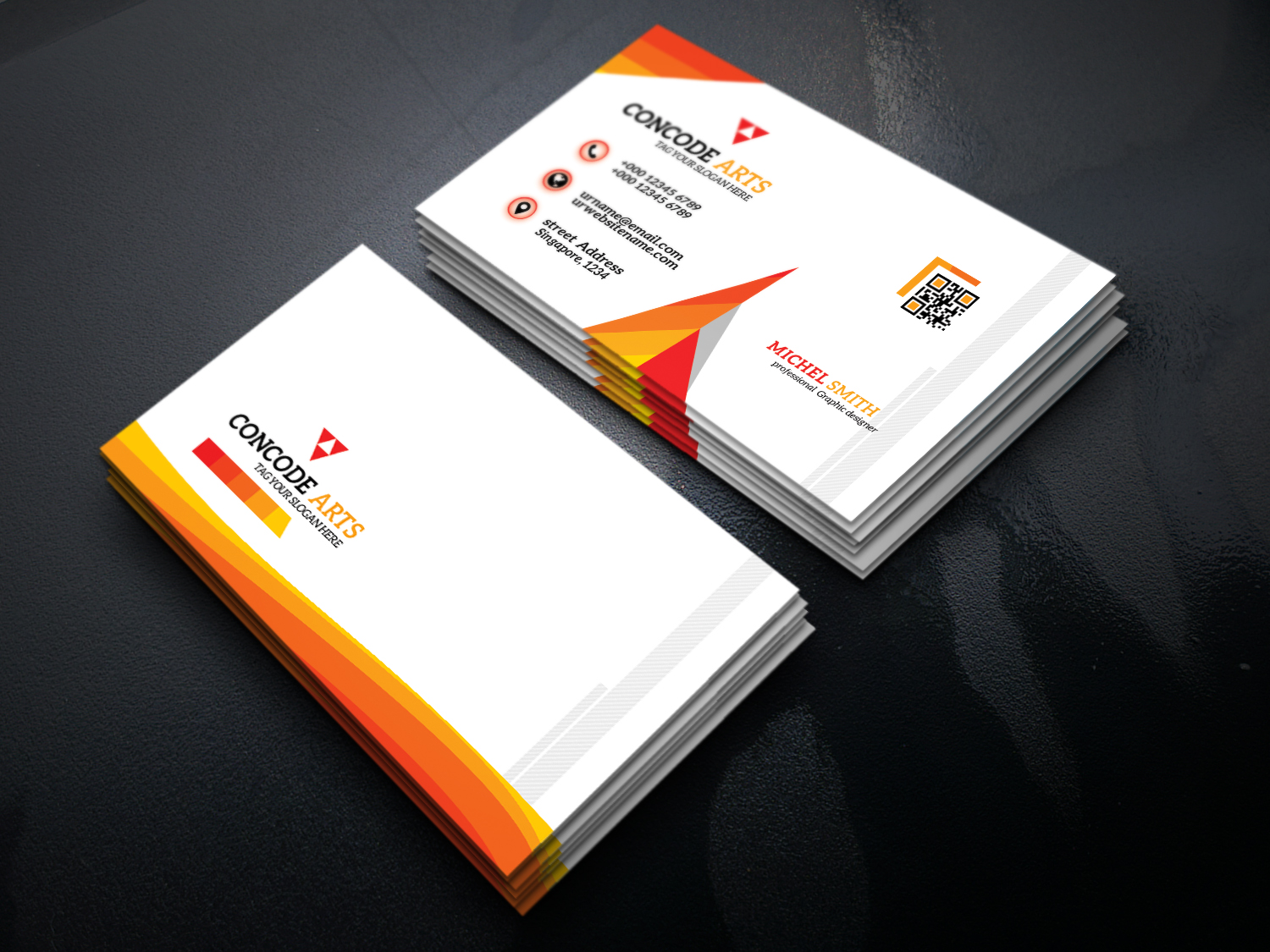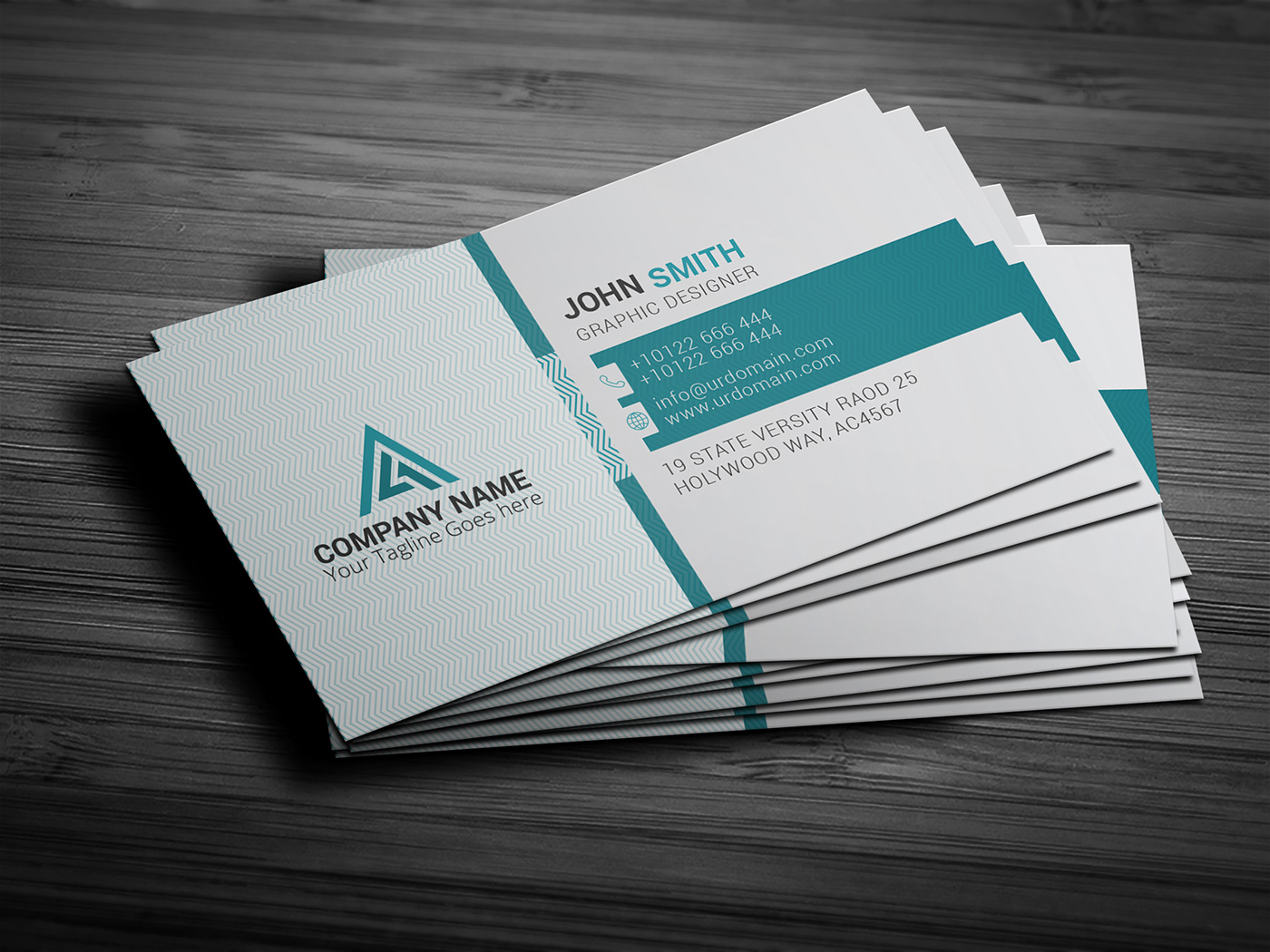
When it comes to networking, nothing beats the impact of a well-designed business card. A carefully crafted business card not only conveys your contact information but also reflects the professionalism and attention to detail that you bring to your work. While the design and layout play a crucial role in creating an eye-catching business card, the choice of paper can make a significant difference in its overall quality and impact. In this article, we will explore the different types of papers commonly used for business cards and help you choose the right material to make a memorable first impression.
Understanding the Importance of Paper Choices

Before delving into the various paper options available for business cards, it’s essential to understand why selecting the right material matters. The paper you choose contributes to the overall feel, durability, and professionalism of your business cards. Different paper stocks can influence how your design appears and how the card feels in the recipient’s hands.
Your choice of paper can also communicate your brand identity. Whether you prefer a sleek and modern look or a classic and traditional feel, the paper you use can help convey these qualities to potential clients or business partners. Additionally, the paper can affect the printing process, including the colors, sharpness, and overall print quality. So, let’s dive into the various paper options available that can make your business card stand out.
1. Coated Papers: A Smooth and Glossy Look

Coated papers are a popular choice for business cards due to their smooth surface and high-gloss finish. These papers are either coated on one or both sides, providing a polished and professional look. The coating enhances the color vibrancy and sharpness of the printed design, resulting in a visually striking business card.
There are two main types of coating: gloss and matte. Gloss coating gives your business cards a shiny and reflective appearance, while matte coating provides a non-glossy, satin-like finish. Both options have their merits, and the choice ultimately depends on your brand image and personal preference.
Keep in mind that while coated papers offer a luxurious look and feel, they may not be suitable for certain designs. For instance, if your business card includes a lot of text or small font sizes, the glossy coating might cause readability issues. However, for visually focused designs with bold colors and graphics, coated papers can create a powerful impact.
2. Uncoated Papers: A Classic and Versatile Choice

If you prefer a more traditional and understated look, uncoated papers may be the ideal choice for your business cards. Uncoated papers lack the glossy finish of coated papers, giving them a more natural and tactile feel. They offer a wide range of textures, ranging from smooth to rough, which can add depth and character to your business cards.
One advantage of uncoated papers is their versatility. They can effortlessly adapt to various design styles and convey different brand personalities. Uncoated papers also tend to absorb ink, resulting in a softer look and a more subdued color palette. For businesses that want to project an eco-friendly or organic image, uncoated papers made from recycled materials may be an excellent option.
However, it’s worth noting that uncoated papers are generally more porous, making them more susceptible to smudging and potential damage over time. Additionally, due to their absorbent nature, the color vibrancy and sharpness of printed designs may be slightly reduced compared to coated papers. Nonetheless, if you prioritize a classic and versatile look, uncoated papers can deliver the desired aesthetic.
3. Specialty Papers: Making a Statement

For those aiming to make a bold and memorable statement, specialty papers offer a range of unique and eye-catching choices. These papers come in various textures, finishes, and colors, allowing you to create one-of-a-kind business cards that leave a lasting impression.
Linen papers, for example, have a distinctive textured surface that adds elegance and sophistication to your business cards. Their embossed pattern mimics a woven linen fabric, providing a visually interesting background that can enhance your design. Similarly, cotton papers offer a luxurious and tactile feel, exuding a sense of craftsmanship and quality that can elevate your brand image.
In addition to different textures, specialty papers may also come in unconventional colors or finishes. Metallic papers, for instance, have a metallic sheen that can impart a sense of luxury and exclusivity. Woodgrain papers, as the name suggests, feature a wood-like texture, adding a rustic or natural appeal to your business cards. These unique options can help your cards stand out from the competition and make a memorable first impression.
4. Recycled Papers: Putting Sustainability First

In an increasingly environmentally conscious world, many businesses are opting for recycled papers for their business cards. These papers are made from post-consumer waste or other recycled materials, reducing the environmental impact associated with traditional paper production. Using recycled papers can demonstrate your commitment to sustainability and resonate with clients who appreciate eco-friendly practices.
Recycled papers come in various textures and finishes, similar to their non-recycled counterparts. They are available in both coated and uncoated options, allowing you to choose a material that aligns with your brand identity. While recycled papers generally have a slightly higher price tag than non-recycled papers, the eco-friendly message they convey can bring long-term value and positive brand associations.
Conclusion
Selecting the right paper for your business cards is a critical decision that can significantly impact how they are perceived by potential clients and business partners. Whether you opt for a smooth and glossy coated paper, a classic and versatile uncoated paper, a unique and textured specialty paper, or an eco-friendly recycled paper, each choice carries its own advantages and considerations.
Consider your brand image, the design elements of your business card, and the impression you want to make. Remember, the paper you choose is not merely a background material but a crucial component that adds to the overall look, feel, and quality of your business cards. By carefully selecting the perfect paper, you can ensure your business cards leave a lasting and positive impression, helping you forge connections and achieve your professional goals. So, take the time to explore your options and choose the paper that best represents your unique brand identity.
Sophia is a branding expert who intertwines style and substance in her writing. Her marketing background and love for fashion contribute to her unique take on business card design. When not writing, Sophia explores her creative side through painting and DIY projects.